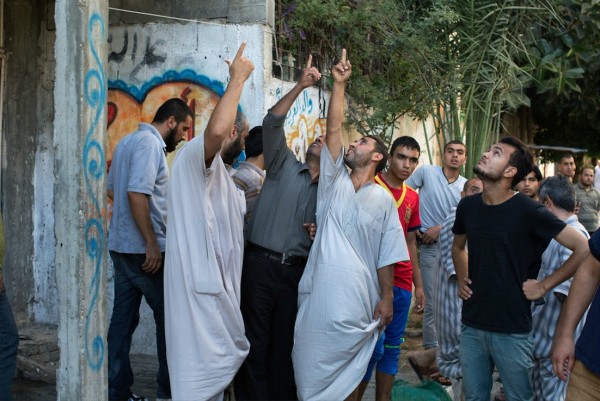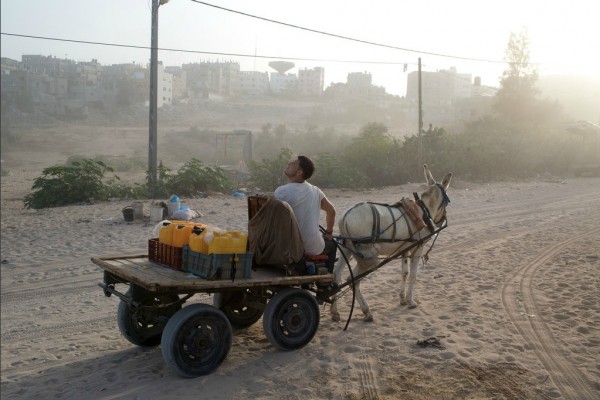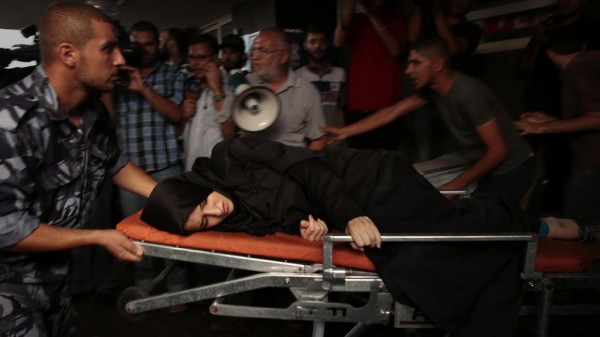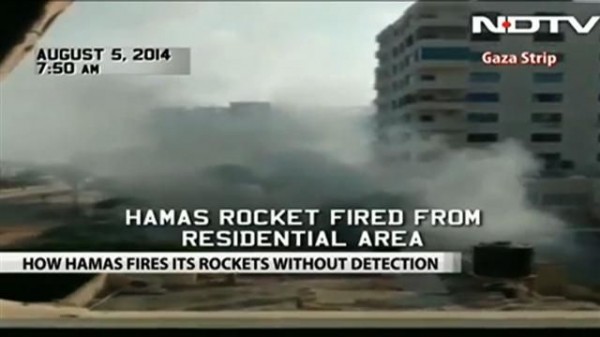Notes
Why There Aren’t Any Photos of Hamas Fighters (and Why the NYT, Tyler Hicks and Photographers Have Been Unfairly Blamed)
I can understand if the New York Times, Tyler Hicks and other conflict photographers are frustrated. Working conditions in Gaza are surely hard enough without the drumbeat of allegations and personal intimations, from the conservative media to the Israel lobby to pundits like David Frum, promoting the idea that Western photographers are somehow willfully choosing not to photograph Hamas fighters, concentrating instead on churning out photo after photo of wounded and dead Palestinians. If the Hamas fighter black hole has grown darker and uglier recently, it also remains overtly fuzzy and presumptuous. The gist of the argument is that Hicks and the other Western photographers could easily seek out and photograph Hamas fighters, and thus balance out the coverage, but they have been too bullied and intimidated to do so.
As part of an interview with Mr. Hicks yesterday on the Times’ Lens blog, which I’ll get to in a moment, the post accompanies his explanation of the problem with a twenty photo slideshow, at least two of which offer a unique rhetorical impact. Providing the viewer with scenes of Palestinians either pointing to, or looking to the sky (both photos taken by Hicks, by the way), the first photo leads off the Lens slideshow and the second, almost bookends, appears next-to-last (#19). If you read any part of the Lens interview, the second Q. and the second A. specifically relate to “why (we) don’t have many photos of Hamas fighters or missiles.” As Mr. Hick elaborates, it’s not that photographers aren’t choosing to photograph the fighters. It’s that the Hamas fighters simply aren’t visible to Western photographers because they “are unable to show themselves.”
And it’s not (and these are my words) that Hamas is exercising any ferocity toward, or exerting authority over photographers when, as Hicks describes, Hamas fighters have proven themselves indistinguishable from the civilian population in a situation where there is no authority to be found. Now, if invisibility invites an instant eye roll on the part of pained skeptics, it’s the factual disconnect — and the lack of awareness, understanding or appreciation for the basic practical reasons for that invisibility — that determines the need, ultimately, to attribute this blind spot to photographer bias.
One thing I have discovered writing about conflict photography and getting to know conflict photographers over the years is that these men and women don’t always appreciate how much nuance they see “on the ground” in a Shajaiya or a Khan Younis as compared to what the public gets out of their pictures. One thing Hicks’s comments immediately contribute to the conversation, for example, is just the impact of Israeli drones. By itself, it’s a significant factor in determining why that these fighters and their whereabouts (whether in an abandoned apartment building or the basement of a hospital or a school) can’t be seen for even an instant. An expert source I’ve consulted in the past who I spoke to again yesterday, a specialist in warfare and the region, explained to me that the presence of drones (not that a newswire photos would explain it) makes everyone conspicuous in a territory as mapped and closely monitored as Gaza. And drones aren’t silent. Aviation needs power so it makes noise. Some of these devices can even sound like flying lawnmowers. So when the buzzing or the whirring is present, it’s not exactly conducive for Hamas combatants to hang around.
That said, there is these days a panorama of technology that governs detectability — effecting situation after situation an insurgent wouldn’t, literally, be caught dead in. It’s one thing, for example, if a photographer is taking and transmitting photos from a fixed and familiar location, especially one, say, which has just experienced an Israeli airstrike. Stray somewhere else, however, say a nearby street where Hamas fighters are located, and all that megadata that travels with a picture (not to mention, the geodata of the photographer’s phone) works like a beacon. The effect of those signals might net out as “failure of will” or media bias to a critic frustrated with this last month’s horrific visual narrative. To the elusive urban fighter, however (who is probably changing his own phone by the hour), even a sliver of contact with a Tyler Hicks, Sergey Ponomarev or Carolyn Cole comes with risk of death by geotagging.
Finally, what my source conveyed to me is that the general public, drawing deductions only from what they see or don’t see in the visual news stream, simply hasn’t absorbed the basics of contemporary air power. Decades ago, aircraft might have been visible, bear down on a person, then fly away — just like many can imagine stumbling upon some fighters and quick, taking their picture before the jets showed up. What the subjects and the gestures in one or both of these photos allude to, however, is the complete anonymity of fighter aircraft and the ordnance in the sky. By way of today radar-, laser- and GPS-guided munitions, the standard of practice is that that a payload is fired so many thousands of feet up, and so many miles away from the target that one never knows or sees what is coming. Perhaps the second photo has to do with the ominous buzzing of the drones. Otherwise, the first shot seems to cue us the fact (never lost on the Palestinian fighters) that the chance of seeing an aircraft targeting you is just about zero.
If one needed further evidence why Western photographers have “failed” to visually document a Hamas fighter, the explanation seems contained in these pictures. Far from someone in a living room or an office cube in Phoenix or Long Island City clicking through images and getting more worked up, the lethality start with just looking around.
(photos: Tyler Hicks/The New York Times. caption 1: Palestinians in Gaza City gathered at the scene of one of the bombs fired into buildings by Israel. July 11, 2014. caption 2: Moments after a bomb landed in an open area, a man watched overhead. July 12, 2014.)




Reactions
Comments Powered by Disqus